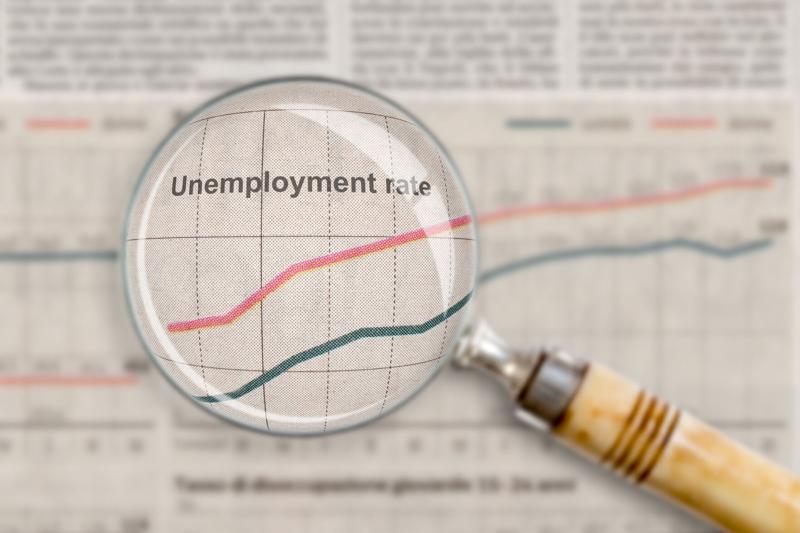(The Center Square) – The national unemployment rate has edged down to 3.7% from 3.9% in October. Exactly how Illinois has fared will not be clear until the state breakdown numbers are released next week.
In October, the Illinois unemployment rate was 4.6%, an increase of 0.2% over September’s numbers. That means Illinois’ unemployment was 0.7% higher than the national unemployment rate in October.
Josh Bandoch of the Illinois Policy Institute said taxes and restrictive regulations consistently keep Illinois near the bottom of the 50 states when it comes to unemployment numbers. The October increase of 0.2% over September represents thousands of job seekers who can’t find work, Bandoch said.
In October, Illinois had the 5th highest unemployment numbers in the country.
“In June, Illinois’ unemployment rate was 4.0%. In August, 4.1%. September was 4.4%. In October, Illinois numbers were up to 4.6%,” Bandoch said.
A 0.6% increase in Illinois unemployment since June does not sound like a lot, but it represents thousands of people, he said.
Looking at unemployment figures across the Midwest, Illinois does not fare as well as neighboring states.
“At 4.6%, Illinois is by far the worst state in the Midwest,” Bandoch said.
The next closest state is Michigan, with an October unemployment rate of 4.1%. Minnesota, Iowa, and Wisconsin have much better October numbers. They all report 3.2% unemployment, he said.
As the Illinois Policy Institute sees it, Illinois makes it harder to create jobs because taxes are too high and Illinois has too many burdensome regulations that are barriers to job creation.
“Illinois has 279,000 instances of restrictive language in its legal code where the code says, ‘You can’t do this and you can’t do that,’” Bandoch said. Navigating all those restrictions is a burden on businesses that want to expand, he said.
“Only 5 states are worse in their regulatory codes than Illinois, and 44 states are better,” Bandoch said.
The healthcare and government sectors showed job gains this fall. The end of the auto workers’ strike helped the manufacturing sector. Jobs in leisure and hospitality continue to trend up.
The latest national numbers show a decline in temporary jobs. The number of retail jobs has declined by more than 31,000 jobs. Holiday hiring has been the weakest in the past 10 years. The increase in self-checkout is one possible factor in the decline in retail jobs.







